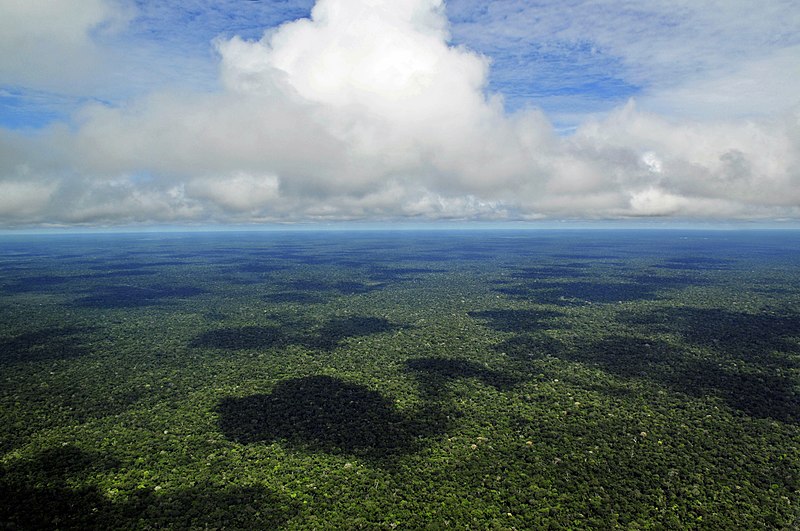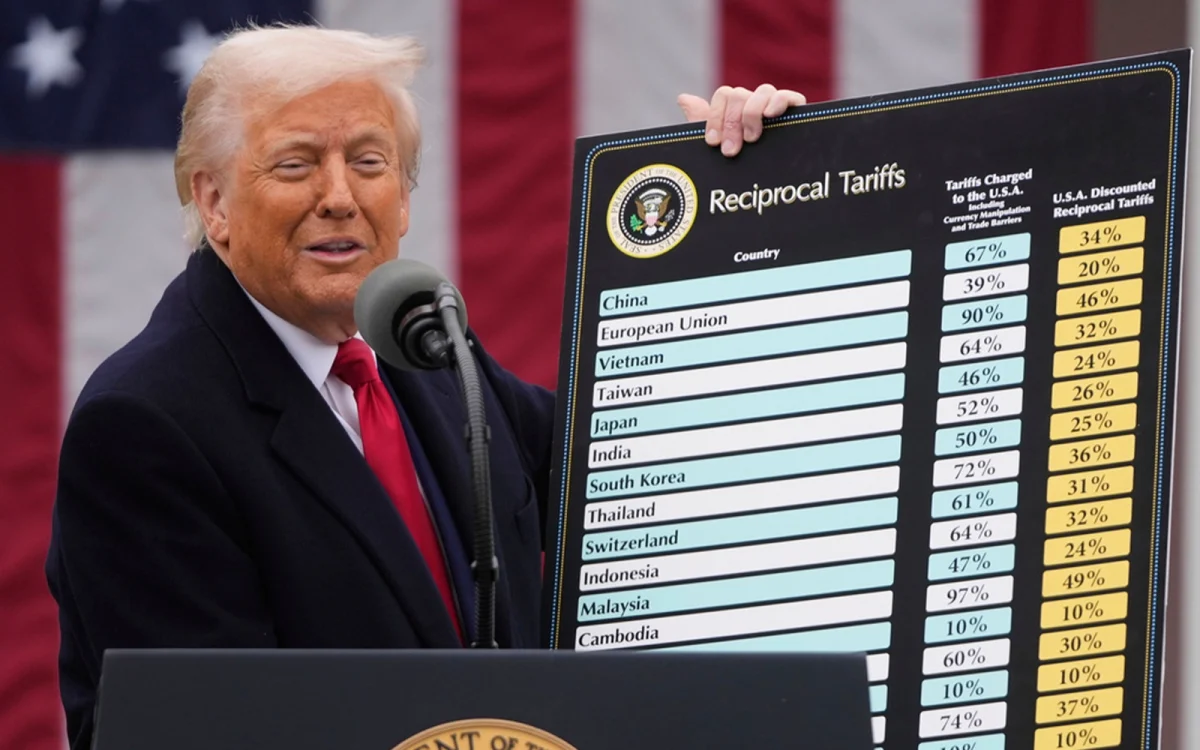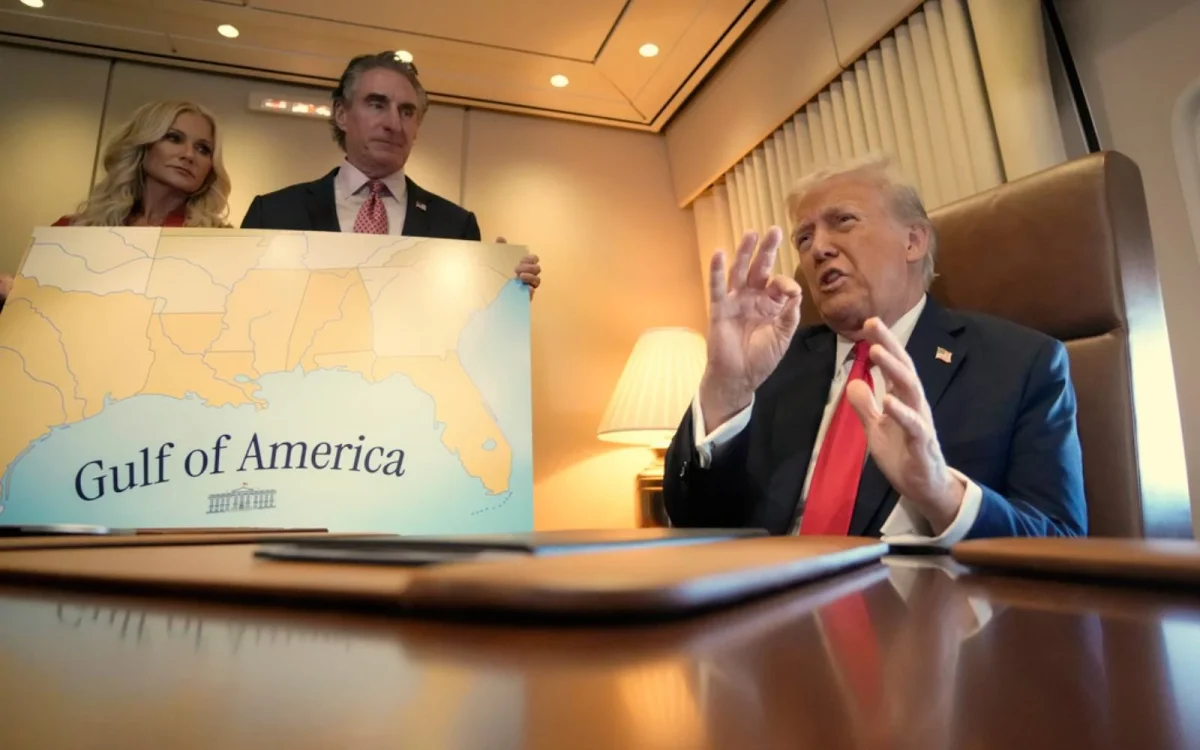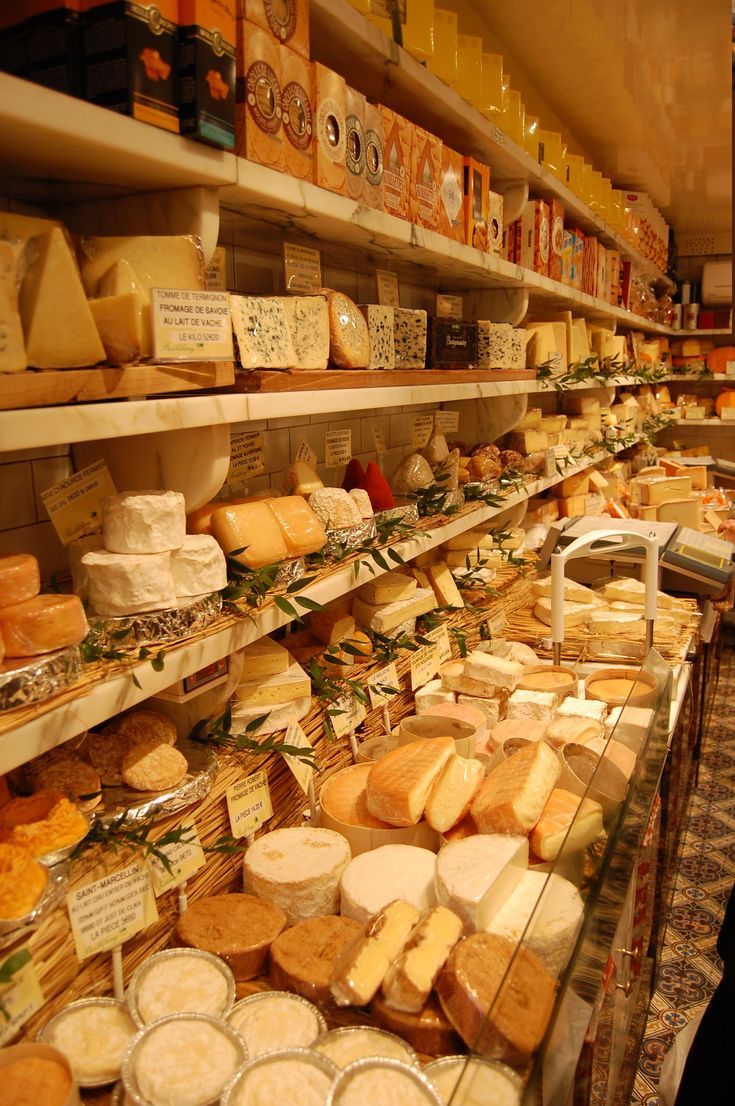The Amazon rainforest is a vital part of the Earth. It provides a fifth of the world’s freshwater, is home to countless plant and animal species, and is currently in deep trouble. The Amazon River has reached its lowest point in over a century, recording 13.59 meters on October 16th at the port of Manaus. This is a stark difference from the 17.60 meters recorded there last year. This drought has left nearby tributaries barren, resulting in dangerous consequences for the humans and animals that inhabit the rainforest. The Amazon rainforest has already faced significant deforestation in the past, leaving the delicate ecosystem in a precarious position.
The Amazon rainforest’s biodiversity and resources make it one of the most important ecosystems in the world. The vast tropics provide plants that are vital to Western medicine, including the majority of anti-cancer drugs. The rainforest is also a major contributor to the water cycle, as its billions of trees assist the transpiration process, pumping water through their roots and releasing it. The Amazon River also contains 20% of the world’s freshwater and carries around 9 to 30 million gallons of this to the Atlantic Ocean each day. Deana Dutton, a science teacher at Wilcox also believes that the Amazon is essential, saying “it provides an incredible amount of biodiversity to our planet…(and) also serves as a vast carbon sink.” Around one-third of the planet’s plant and animal species can be found in the Amazon, not including the ones that are still undiscovered.
But with a deadly drought on the horizon, the countless living creatures that rely on the Amazon rainforest have been put in danger. The quickly drying rivers have left villages disconnected from larger areas, causing boats to be stranded far from food and water supplies. On October 16th, the civil defense agency in Amazonas reported that the drought affected around 481,000 people. The drought has also left local water supplies contaminated, sometimes causing fevers and vomiting. While the Brazilian non-governmental organization (NGO) Fundação Amazônia Sustentável sent supplies to the villages most affected by the lack of water, animals are still at risk. Water temperatures have risen and oxygen levels have dropped, killing over 100 endangered river dolphins and thousands of fish. There are only six freshwater dolphin species left on Earth, all of which are endangered or critically endangered. Two of these, the pink Amazon river dolphin and the Tucuxi river dolphin, are found in the massive Amazon River basin.
The El Niño climate phenomenon is one of the main causes of the Amazon drought. El Niño is the natural warming of the water in the east Pacific Ocean, it is part of a larger process called El Niño-Southern Oscillation. This occurrence has considerably affected weather on a global scale. Brazil’s Science Ministry expects the drought to last until December. Countries near the Amazon, like Bolivia, are experiencing crop failure and water shortages. The heat and lack of humidity has also left the rainforest and nearby areas vulnerable to wildfires, and by extension, causing poor air quality. The Amazon rainforest also absorbs one-fourth of carbon dioxide produced each year, but climate change is rapidly destabilizing this. The massive amounts of deforestation and wildfires have undermined this ability, and now parts of the Amazon are releasing more carbon dioxide than they can absorb. Moreover, Ms. Dutton predicts that thanks to climate change, the drought and its effects will not be an individual incident, explaining, “There will be a noticeable, and potentially irreversible, increase in “once in a lifetime” weather events like hurricanes, wildfires, droughts, storms, floods, hottest months on record, and wettest months on record.” This drought will affect millions of people around the world if it continues.
The Amazon rainforest spans across eight countries, is home to 47 million people, and is home to 10% of the plant and animal species in the world. It’s a vast and vibrant place with incredible biodiversity that is invaluable to the planet and its inhabitants. Unfortunately, this environmental haven is in danger, with deforestation and most notably, severe droughts ravaging the rainforest. Supporting parks that protect rainforests and other wildlife and living an eco-friendly lifestyle are great ways to minimize such damage. The Amazon is on the edge, and if this continues, the world could go with it.







